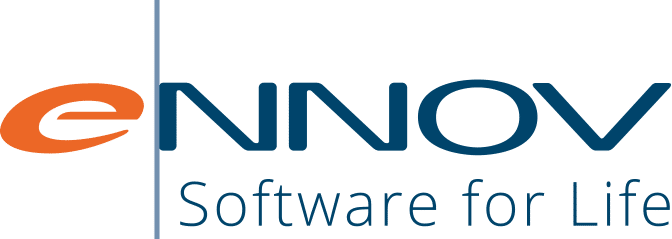The clinical trial industry is constantly evolving, with electronic Trial Master Files (eTMF) becoming increasingly popular among sponsors and CROs. By reducing the need for paper documents and streamlining processes, eTMFs can help save time, money, and resources. And as clinical trials continue to expand across borders, understanding the regulatory landscape for certified copies is essential for compliance. The requirements for certifying eTMF copies may differ between regulatory authorities such as the FDA, EMA, PMDA, Health Canada, and TGA. This blog post will provide an overview of certified copy requirements, highlight the key differences between these regulatory authorities, and outline best practices for creating certified copies.
The Role of Certified Copies in eTMFs
In the world of clinical trials, many documents still originate in paper form, often with handwritten signatures. Converting these documents into electronic format within eTMFs not only simplifies management and storage but can also allow for the eventual destruction of paper originals. This is where certified copies come into play.
A certified copy is a verified, exact copy of an original document. Both FDA and EMA have their own definitions of certified copies, but the general idea is the same: a certified copy must contain all the same information and attributes as the original document. Creating certified copies is crucial for ensuring regulatory compliance and maintaining the integrity of the eTMF.
Comparing Certified Copy Requirements Across Regulatory Authorities
When it comes to certified copies, it’s essential to understand the differences and similarities in requirements set forth by various regulatory authorities. While the general concept of a certified copy remains consistent, the methods of certifying and specific requirements may vary.
The FDA defines a certified copy as “a copy of original information that has been verified, as indicated by a dated signature, as an exact copy having all the same attributes and information as the original.” On the other hand, the EMA defines it as “a paper or electronic copy of the original document that has been verified (e.g., by a dated signature) or has been generated through a validated process to produce an exact copy having all the same information, including data that describe the context, content, and structure, as the original.”
The primary difference between the two definitions lies in the method of certification. The FDA specifically mentions certification by signature, while the EMA allows for certification through signature or by using a validated process.
Additionally, other regulatory authorities around the world may have their own specific requirements for certified copies. It’s crucial to remain aware of and adhere to these guidelines to ensure global compliance in clinical trials.
Understanding the nuances in guidelines and practices between regulatory authorities is crucial for global compliance. Here is a table comparing the certification methods, document retention policies, and language requirements for FDA, EMA, PMDA, Health Canada, and TGA:
Comparison Table of Certified Copy Requirements
| Regulatory Authority | Certification Method | Language Requirements |
| FDA (USA) | Verified copy with dated signature | English |
| EMA (Europe) | Verified copy with signature or validated process | English or local language |
| PMDA (Japan) | Verified copy with dated signature | Japanese |
| Health Canada (Canada) | Verified copy with dated signature | English or French |
| TGA (Australia) | Verified copy with dated signature | English |
Note that while some requirements are similar across different regulatory authorities, it is essential to stay informed about the specific guidelines and requirements of each authority to ensure global compliance in clinical trials. Always consult the latest guidelines from the respective authorities for accurate information.
Cracking the Certified Copy Code
To learn more about the intricacies of certified copies and dive deeper into best practices, access our exclusive white paper, “Going Paperless: The Current Regulatory Landscape and Best Practices for Creating Certified Copies,” by logging into the Ennov website.
While our comprehensive white paper delves deeply into the best practices for creating certified copies, here is a checklist of some key points to consider:
- Review relevant guidelines and frameworks
- Establish written policies and procedures
- Validate your certification process
- Train your team
- Minimize the need for certification
- Certify only what is needed
- Destroy paper responsibly
Certified copies play a crucial role in the successful implementation of eTMFs in clinical trials. By adopting best practices and ensuring compliance with regulatory guidelines, organizations can unlock the full potential of eTMFs, ultimately reducing costs and improving efficiency.


